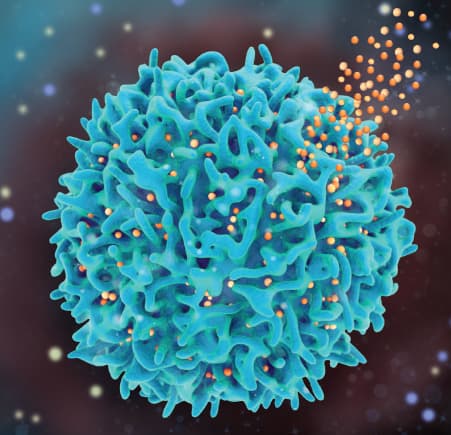LESSON from the COVID-19 pandemic: TODDLERS LEARN EARLIER to READ EMOTIONS with FACE MASKS
frontiersin.org/journals/psych…

frontiersin.org/journals/psych…

2) In this study, researchers found that toddlers aged 3-5 years old showed improved ability to recognize emotions from facial expressions with masks, approaching the performance of adults.
While adults maintained a higher overall accuracy, the impact of masks on ...
While adults maintained a higher overall accuracy, the impact of masks on ...

3) ... emotion inference was similar for both age groups. This suggests that the developing brain's plasticity enabled young children to adapt and learn to utilize alternative cues to infer emotions mitigating the initial challenges posed by the limited visual information ... 

4) ... from partially occluded faces. The findings provide a positive outlook on the potential for children to overcome the social challenges associated with the widespread use of face masks during a critical period of emotional and social development. 

5) Thanks for reading 🙏
FYI @DavidJoffe64 @jlerollblues @_CatintheHat @MeetJess @1goodtern
FYI @DavidJoffe64 @jlerollblues @_CatintheHat @MeetJess @1goodtern
• • •
Missing some Tweet in this thread? You can try to
force a refresh




















